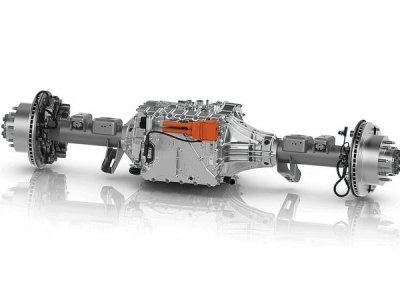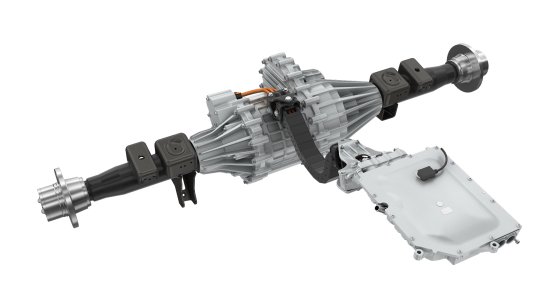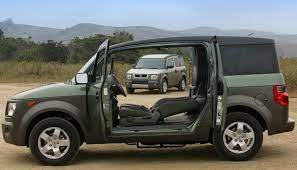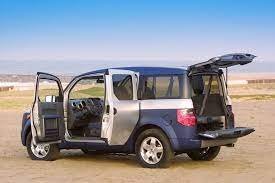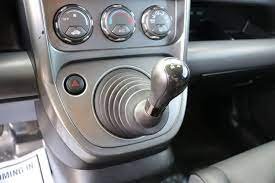I hear what you are saying and appreciate your point of view but challenge your thinking based on the new Broncos. Here is an example of a modem take on a similar heritage based vehicle. I’m on the bronco6G forum on a regular basis and don’t believe I’ve ever seen debates over the use of modern day electronics/CPUs to make the vehicle better or worse based on the success the Bronco has had. To me it’s a great balance. I do agree that basic functions like volume and heat heat could be manual controls-or at a minimum a one-touch feature to operate on a touch screen. Going 2 levels into a tablet to get basic functions is really annoying. Maybe the trick is things like heat/cool is on the haptic screen but the graphic is a traditional slide bar so you touch and slide rather than just touching the haptic screen. More interactive. Also tie it to voice command so those who don’t want to fidget can just voice the commands.My apologies if I came across as brusque. The history I have with the vintage vehicles draws deep emotions from me. The old vintage IHC's are everything today's bland and overpriced appliances aren't, and the chance of seeing a finalized vehicle I'll be able to both modify and maintain myself in any way as personally or as enjoyably as my current binder, gets more slim with every concession to the "modern standard BEV" that Scout Motors needs to take in order to appeal to the masses and conform to standards that (to many) seem unnecessary and inhibiting to a vehicle aimed to Make You Feel More Free.
IIRC the original scout went for $1,800 out the door in 1961, with inflation that's about $17k in current dollars, and you could find a rusted hulk in a field & glom any working parts that were left for a song. Ignition quit working? Wire in a push-button and carry on.
I guess a conversion for my current rig is the best overall answer to my particular gripes. Our newest family vehicle is an 07. I've had the displeasure of driving quite a few newer vehicles whether loaners or rentals, and I found that driver engagement and overall enjoyment when behind the wheel was just... gone, and it got worse as time went on.
I can tell what RPM my 800 is hitting by what particular interior part is rattling or buzzing... I can feel the road & driving conditions in the wheel, shifter, and unboosted brake pedal. It's a driving experience that takes all of my attention the way no modern transport does, and it's exhilarating to still learn new things as I drive it two years and 7k miles later. 30mph in my 800 on a twisty, Redwood-dappled and neglected Tarmac with my wing windows (closed) whistling in the crosswind, knowing I could go anywhere and back reliably (and we always got ours ridiculously cheap, so I really can't compare what we've paid for our three over their life spans) is what driving a Scout has always been. From Falling through a frozen beaver pond in the Smoky Bear MN State Forest, to family trips to the Big City as a kid, ours truly went everywhere.
For me it’s finding the easiest pathways to make various commands tolerable and if tactile can be made I prefer it.
Jamie mentioned in another thread about accelerator pedal feeling manual/physical while it is still all electronically controlled. Traditional pedals keep us happy as drivers because we aren’t thinking “electronic”. Again-I think it comes down to a balance and giving us an experience that feels like we want. Ultimately there will be buyers who like the retro and have no ties to the original scouts and they will probably expect electric and modern like Tesla and Scout needs to consider that as well.


